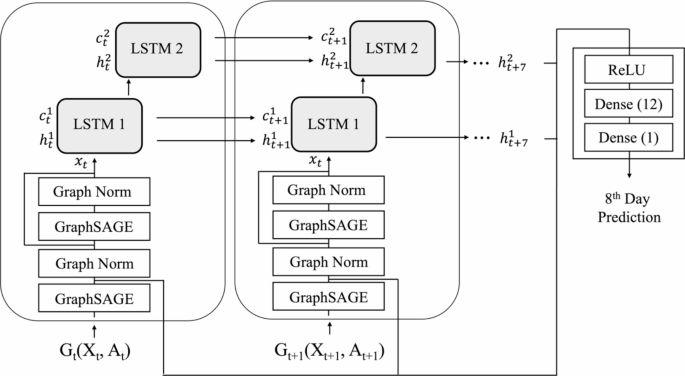2024-10-24 カリフォルニア工科大学(Caltech)
<関連情報>
- https://www.caltech.edu/about/news/dandelion-supernova-revealed-in-3-d
- https://iopscience.iop.org/article/10.3847/2041-8213/ad713b
若い超新星Iax型残骸Pa 30の膨張特性が明らかに Expansion Properties of the Young Supernova Type Iax Remnant Pa 30 Revealed
Tim Cunningham, Ilaria Caiazzo, Nikolaus Z. Prusinski, James Fuller, John C. Raymond, S. R. Kulkarni, James D. Neill, Paul Duffell, Chris Martin, Odette Toloza
The Astrophysical Journal Letters Published: 2024 October 24
DOI:10.3847/2041-8213/ad713b

Abstract
The recently discovered Pa 30 nebula, the putative type Iax supernova remnant associated with the historical supernova of 1181 AD, shows puzzling characteristics that make it unique among known supernova remnants. In particular, Pa 30 exhibits a complex morphology, with a unique radial and filamentary structure, and it hosts a hot stellar remnant at its center, which displays oxygen-dominated, ultrafast winds. Because of the surviving stellar remnant and the lack of hydrogen and helium in its filaments, it has been suggested that Pa 30 is the product of a failed thermonuclear explosion in a near- or super-Chandrasekhar white dwarf, which created a subluminous transient, a rare subtype of the Ia class of supernovae called type Iax. We present here a detailed study of the 3D structure and velocities of a full radial section of the remnant. The Integral Field Unit observations, obtained with the new red channel of the Keck Cosmic Web Imager spectrograph, reveal that the ejecta are consistent with being ballistic, with velocities close to the free-expansion velocity. Additionally, we detect a large cavity inside the supernova remnant and a sharp inner edge to the filamentary structure, which coincides with the outer edge of a bright ring detected in infrared images. Finally, we detect a strong asymmetry in the amount of ejecta along the line of sight, which might hint at an asymmetric explosion. Our analysis provides strong confirmation that the explosion originated from SN 1181.



